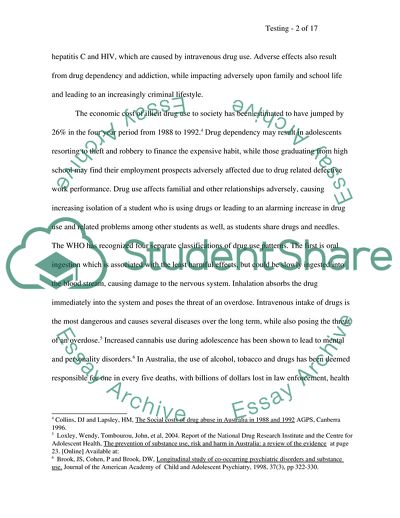Cite this document
(Education & the Law Assessment No. 2 Case Study, n.d.)
Education & the Law Assessment No. 2 Case Study. https://studentshare.org/law/1703055-education-the-law-assessment-no-2
Education & the Law Assessment No. 2 Case Study. https://studentshare.org/law/1703055-education-the-law-assessment-no-2
(Education & The Law Assessment No. 2 Case Study)
Education & The Law Assessment No. 2 Case Study. https://studentshare.org/law/1703055-education-the-law-assessment-no-2.
Education & The Law Assessment No. 2 Case Study. https://studentshare.org/law/1703055-education-the-law-assessment-no-2.
“Education & The Law Assessment No. 2 Case Study”. https://studentshare.org/law/1703055-education-the-law-assessment-no-2.


